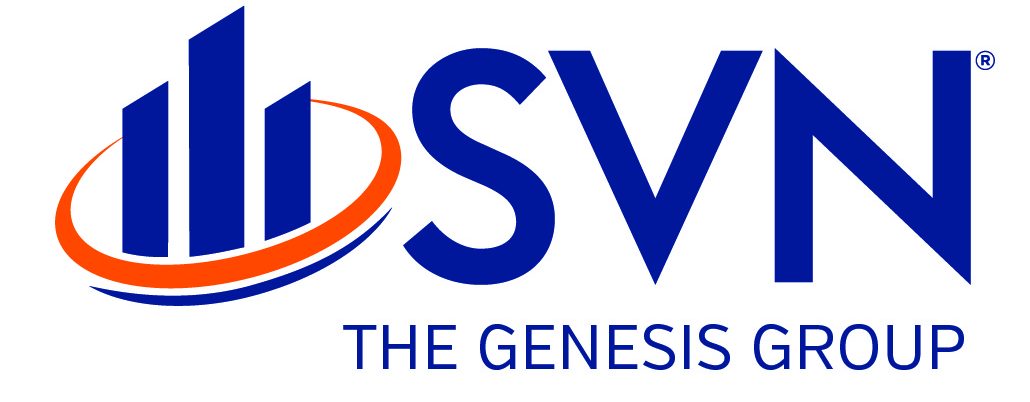Consumer demand is a critical driver of economic growth. When consumers are actively purchasing goods and services, businesses thrive, jobs are created, and economies expand. However, in recent times, many sectors have witnessed a notable decline in consumer demand, raising concerns among businesses and policymakers alike. Understanding the reasons behind this drop is essential for developing strategies to revive demand and stimulate economic activity.
1. Economic Uncertainty and Inflation
One of the primary reasons for low consumer demand is economic uncertainty. Events such as geopolitical tensions, fluctuating markets, and global supply chain disruptions have created an environment of unpredictability. Consumers, unsure of what the future holds, are often more cautious with their spending, opting to save rather than spend on non-essential items.
Additionally, inflation has significantly impacted consumer purchasing power. As the cost of living rises, particularly in areas like housing, energy, and groceries, consumers are forced to allocate a larger portion of their income to essentials. This leaves less disposable income for discretionary spending, leading to a reduction in overall demand for goods and services that are not considered necessities.
2. Rising Interest Rates and Tightened Credit**
To combat inflation, central banks have raised interest rates, which has had a direct impact on consumer behavior. Higher interest rates increase the cost of borrowing, making loans for big-ticket items such as homes, cars, and education more expensive. As a result, consumers are delaying or foregoing these purchases, contributing to a slowdown in demand.
Furthermore, tighter credit conditions have made it more difficult for consumers to access financing. This is particularly challenging for lower-income households, who may rely on credit to bridge gaps between income and expenses. With credit becoming less accessible and more expensive, consumer spending naturally declines.
3. Shift in Consumer Priorities**
The COVID-19 pandemic has brought about lasting changes in consumer behavior. During the pandemic, many consumers became accustomed to spending less on dining out, travel, and entertainment. Instead, they redirected their spending towards savings, home improvements, and essential goods. Even as restrictions have eased, this shift in priorities has persisted, with many consumers continuing to focus on saving and spending more cautiously.
Moreover, the rise of remote work and changing lifestyle preferences have altered spending patterns. For example, consumers are now more likely to invest in home offices or wellness products rather than luxury items or frequent travel. This shift in spending priorities has contributed to lower demand in certain sectors, particularly those related to traditional retail and hospitality.
4. Wages Stagnation and Income Inequality**
Stagnant wage growth is another significant factor contributing to low consumer demand. While the cost of living has risen, wages for many workers have not kept pace, leading to a decrease in real income. This disparity means that even though people may be employed, they have less purchasing power than before.
Income inequality also plays a role. A growing gap between the wealthy and the rest of the population means that a significant portion of consumers have limited disposable income. While the affluent may continue to spend, the middle and lower-income groups are more likely to cut back on non-essential purchases, further dampening overall demand.
5. Consumer Confidence and Sentiment**
Consumer confidence is a key indicator of economic health. When consumers feel optimistic about their financial situation and the broader economy, they are more likely to spend. However, when confidence wanes, so does spending. Recent surveys have indicated a decline in consumer confidence, driven by concerns over inflation, job security, and economic stability. This lack of confidence can create a self-reinforcing cycle, where reduced spending leads to slower economic growth, which in turn further erodes confidence.
6. Environmental and Social Consciousness**
An increasing number of consumers are becoming more environmentally and socially conscious in their purchasing decisions. This shift has led to a more selective approach to consumption, where consumers prioritize sustainability, ethical sourcing, and the impact of their purchases on the environment and society. While this is a positive trend from a social perspective, it can also result in lower demand for products that do not meet these criteria.
Implications for Businesses and Policymakers
The decline in consumer demand presents significant challenges for businesses and policymakers. For businesses, understanding the underlying factors behind this trend is crucial for adapting strategies to meet changing consumer needs. This may involve shifting focus to more essential or sustainable products, adjusting pricing strategies, or investing in customer loyalty programs to encourage spending.
Policymakers, on the other hand, must consider measures to boost consumer confidence and increase disposable income. This could include fiscal policies aimed at reducing inflation, stimulating job growth, and providing targeted financial support to those most affected by economic downturns.
Conclusion
The decline in consumer demand is a multifaceted issue driven by economic, social, and behavioral factors. Addressing this challenge requires a comprehensive understanding of the underlying causes and a coordinated effort from both businesses and policymakers to stimulate demand and support economic recovery. By adapting to changing consumer behaviors and addressing the economic factors that constrain spending, it is possible to revive consumer demand and drive sustainable growth in the long term.
Carnell Scruggs, CCIM
